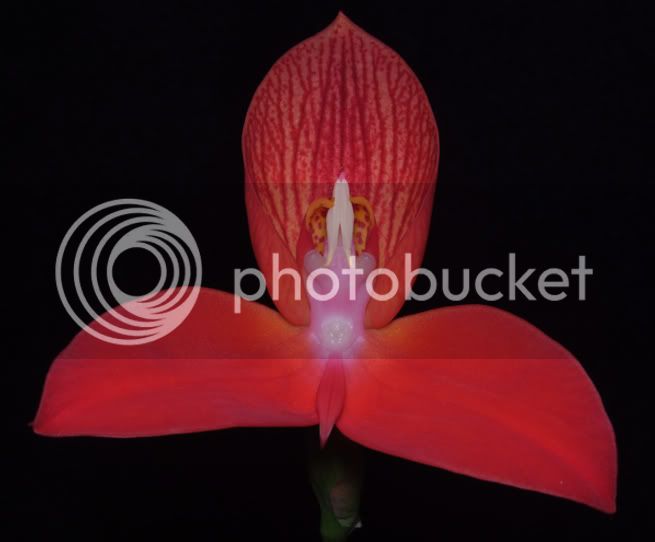Kevin,
You should view Disa like you would a Tulip or a Hyacinth. New tuber development happens below the surface of the medium. The old flowering growth should reproduce itself over the course of the growing season, and will probably die off during the winter. The flower itself should last about a month.
When you repot later in the year try to maintain the connections between the old growth and the new ones. If new growths break off they are still viable as new plants as long as they have developed tubers. Try to maintain the depth of the tubers when you repot. New, tender growths enjoy the protection of the substrate when the are developing and are sensitive to premature exposure. They are also particularly sensitive to salts, so I highly recommend avoiding any fertilizing after repotting.
The negative effects of fertilizers should continually be stressed. Disas have such a low need for feeding that you can skip it entirely as long as you use a good quality sphagnum moss. I've tried that and I'm not sure there was any difference in growth at all.
If the plant fails to produce new growths, and your cultural practices are adequate, it is probably due to genetic factors. If so, don't give up on Disas, find yourself a better plant. The better uniflora crosses reproduce themselves without fail.
Good Luck,
Rick





